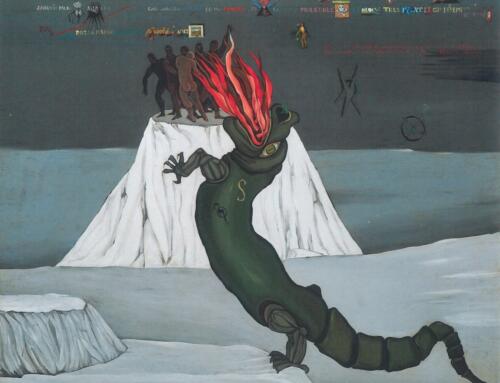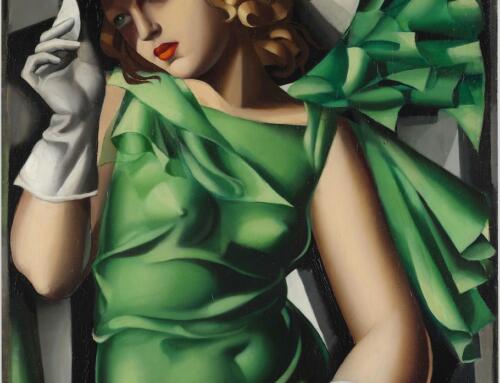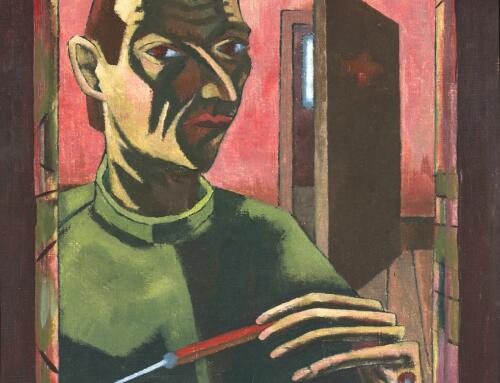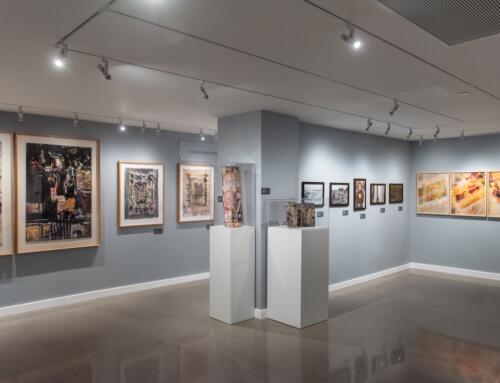Spring is here! Let’s celebrate with Fritz Ascher’s blossoming Golden Chain. Just this past week, March 26, marked the 53rd anniversary of his death. Born in 1893 to Jewish parents in Berlin, Fritz Ascher (1893-1970) survived persecution by the German Nazi regime in hiding.
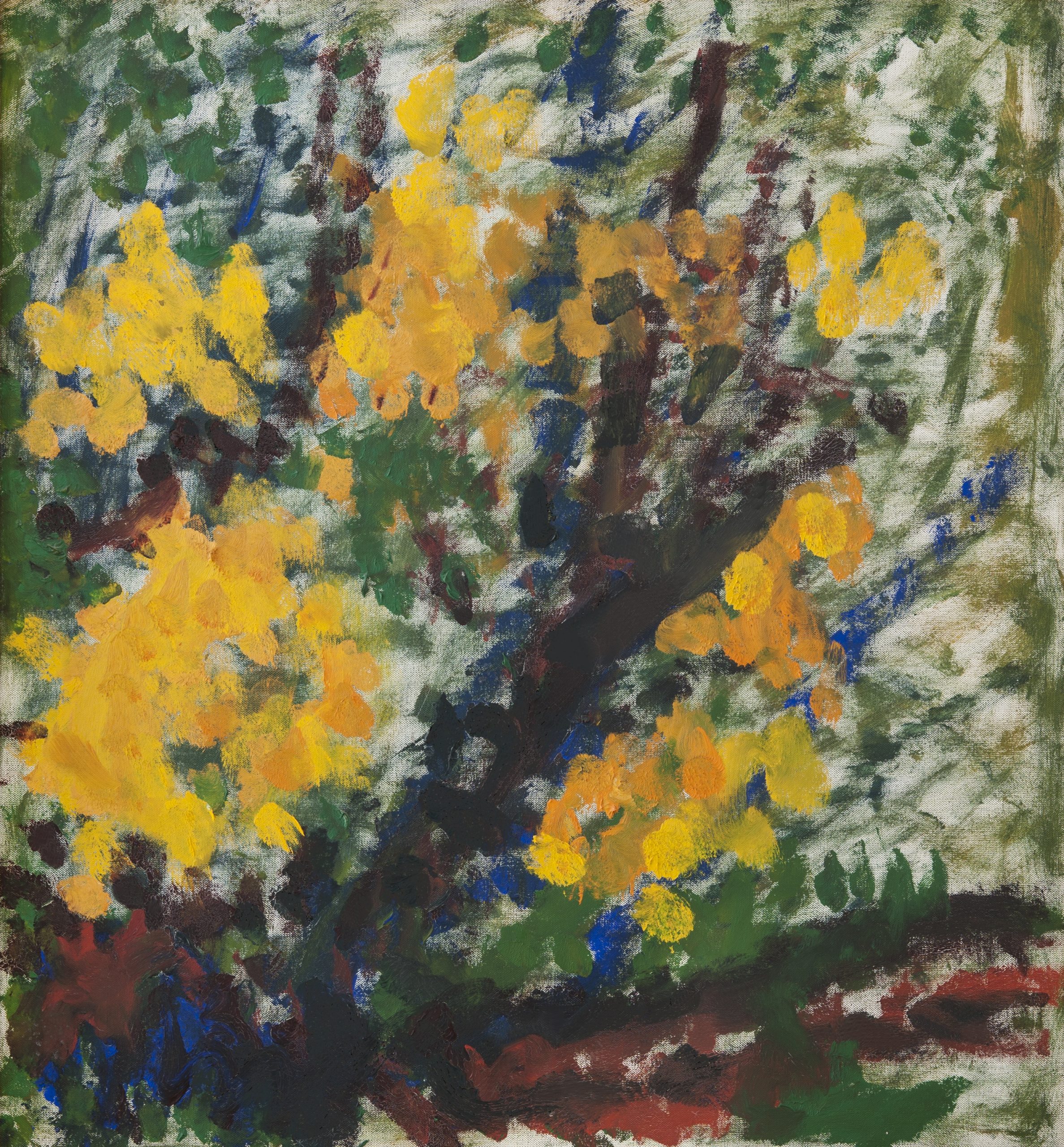
Fritz Ascher, Golden Chain, ca 1959. Oil on canvas, 25.6 x 27.6 in. (65 x 70 cm). ©Bianca Stock
Watch New York scholars Karen Wilkin and Elizabeth Berkowitz, PhD, discuss his post-1945 landscapes:
Dr. Eva Sabrina Atlan’s January 11 lecture in our virtual lecture series “Flight or Fight. stories of artists under repression” has found much interest. Today, we are excited to offer an English-language virtual tour of the exhibition before it closes on April 17:
TUESDAY, APRIL 4
12:00 pm ET / 18:00 Uhr CET
VIRTUAL TOUR
”Back into the Light.
Four Women Artists – Their Works. Their Paths.”
JEWISH MUSEUM FRANKFURT
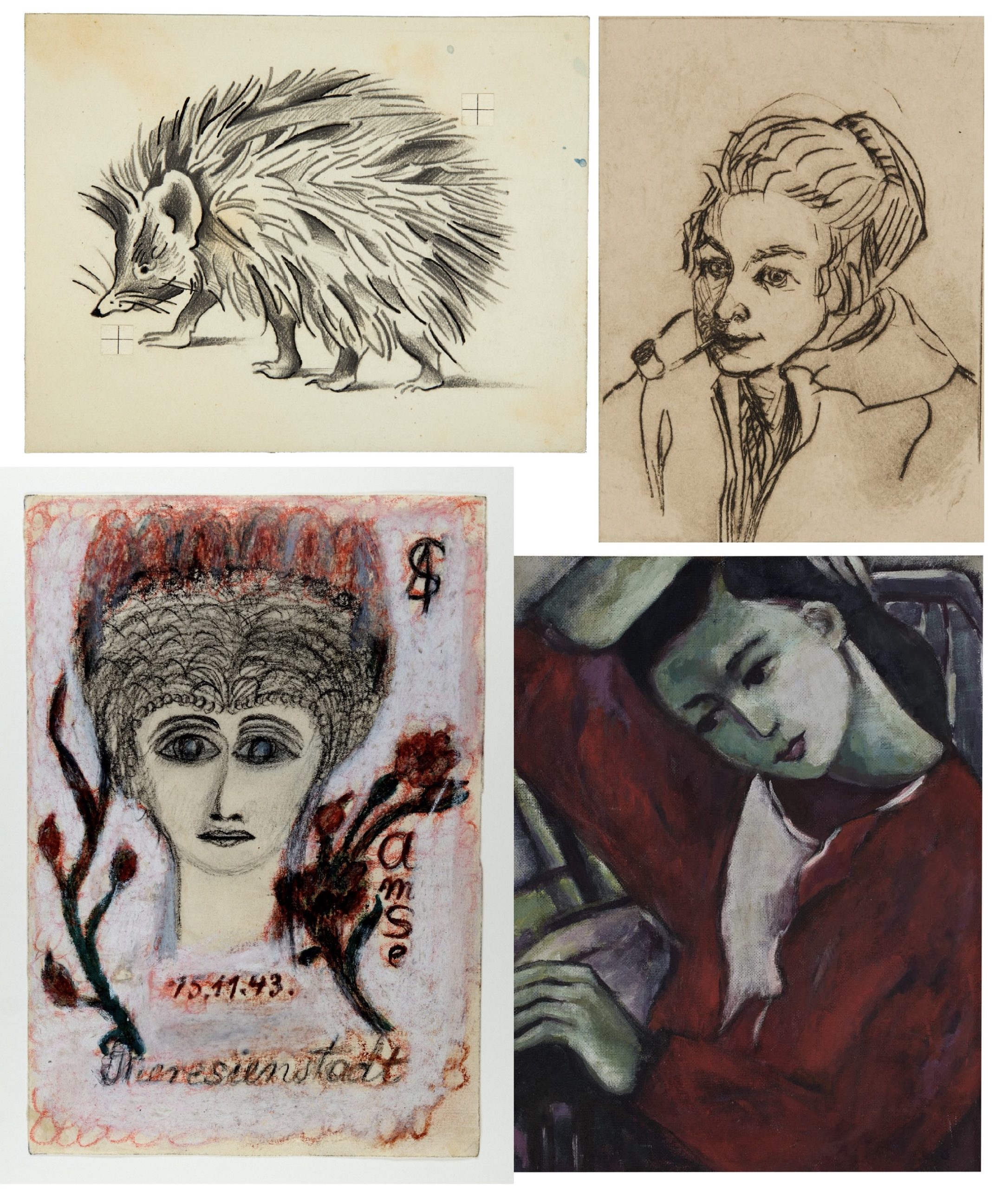
WATCH the recording of our event featuring Erna Pinner, Rosy Lilienfeld, Amalie Seckbach, and Ruth Cahn – four forgotten women artists who had been among the first women artists in Frankfurt to enjoy professional success.
In honor of Yom HaShoah, Ori Z Soltes, PhD, from Georgetown University in Washington DC will speak about three Israeli and three American familiar and unfamiliar artists working in very diverse styles and not typically thought of as focusing on the Holocaust. Each of them, however, has offered powerful reflections on the defining catastrophe of the twentieth century.
Monday, April 17
EARLY ISRAELI AND AMERICAN ARTISTS:
RE-VISIONING THE HOLOCAUST
A talk by Ori Z Soltes, Georgetown University, Washington DC
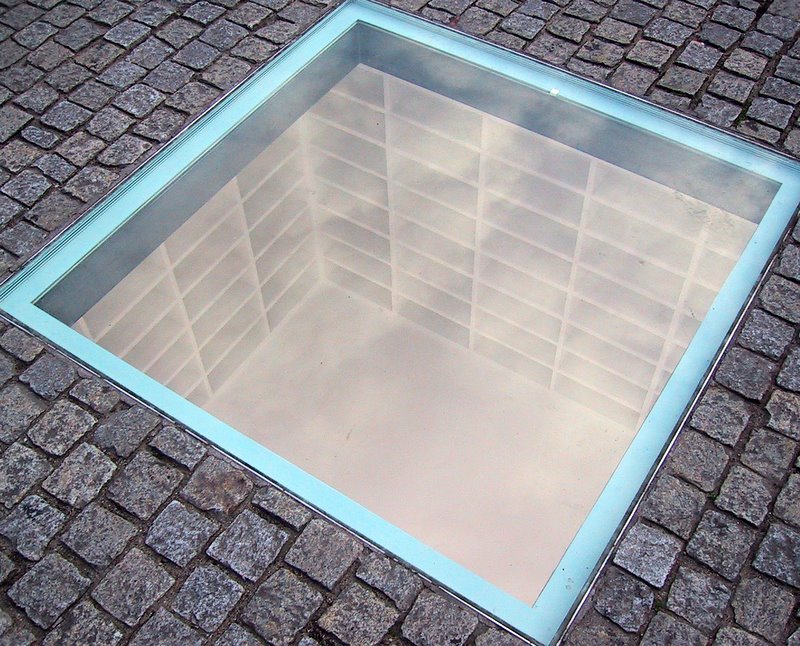
Micha Ullman, The Empty Library, 1995. Bebelplatz in Berlin (Germany)
Barnett Newman, the foremost verbal spokesman for the chromatic side of the abstract expressionist movement redefining American painting in the early 1950s, offers an unexpectedly intense reflection on the question of theodicy. Mordecai Ardon, in the process of assuming leadership of the Bezalel school in Jerusalem at around the same time, balances between abstraction and figuration in depicting the Nazi-engendered chaos. Ygal Tumarkin’s sculpture turns Holocaust chaos into upside-down order and Mauricio Lasansky’s drawings turn stridently to Nazi malfeasance to ask how evil can be envisioned. Micha Ullman’s installation addresses the void after the aftermath of Nazi destruction—and Geoffrey Laurence questions how we can and must shape the post-Holocaust future.
Each of these artists contributes to the endlessly complex dialogue—between Jews and Christians, humans and humans, and humans and God—that is the ongoing legacy of the Holocaust.
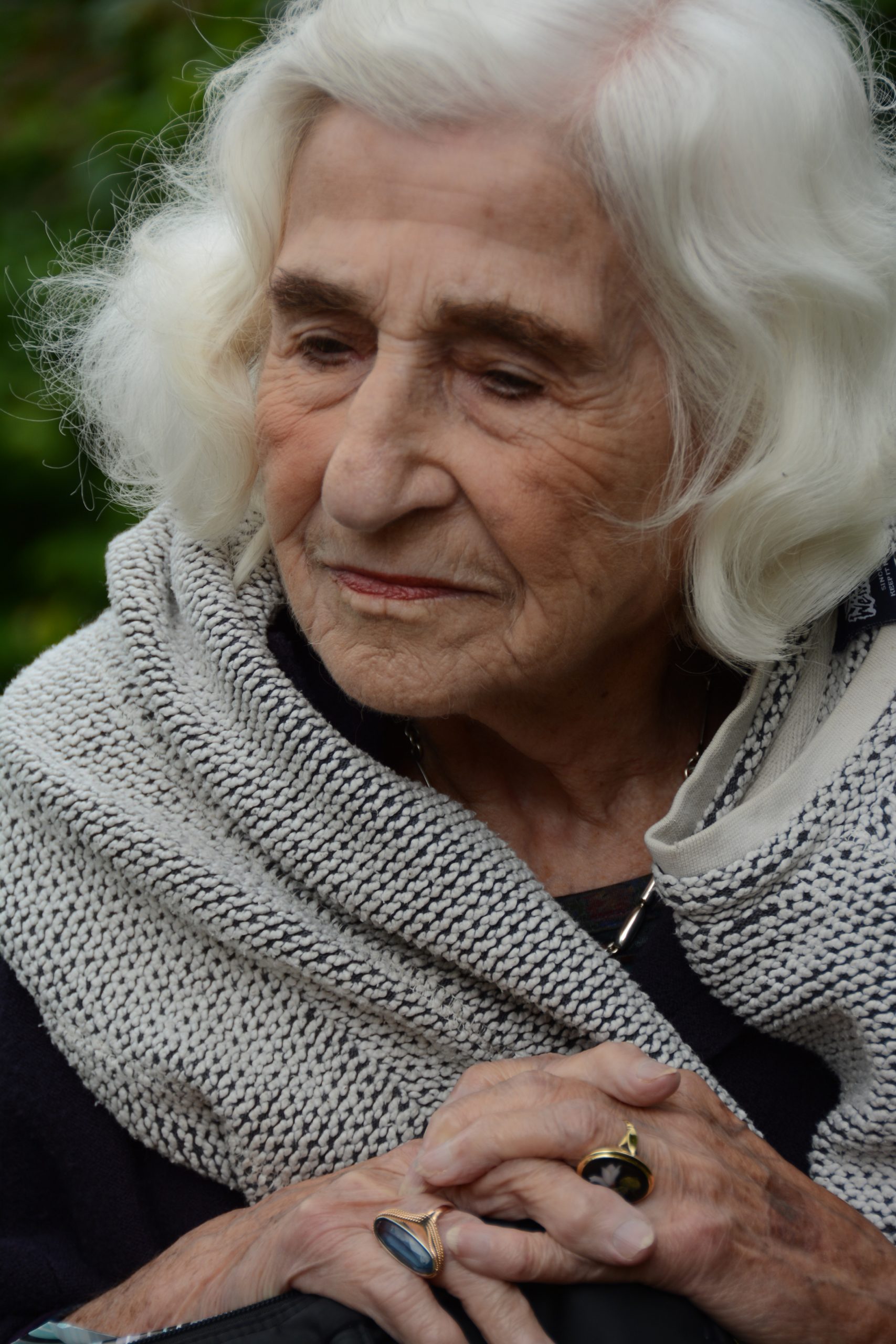
Dorothy Bohm by Rick Stoller, 2015
On March 15, photographer Dorothy Bohm passed on aged 98, just a few weeks short of her 99th birthday and two weeks after our virtual event, in which London-based art historian Monica Bohm-Duchen gave her personal insights into the life and work of her mother. Watch the recording:
Dorothy Bohm is widely regarded as one of the doyennes of British photography.
“I have spent my lifetime taking photographs. The photograph fulfills my deep need to stop things from disappearing. It makes transience less painful and retains some of the special magic, which I have looked for and found. I have tried to create order out of chaos, to find stability in flux and beauty in the most unlikely places.” Dorothy Bohm
The Fritz Ascher Society is a not-for-profit 501(c)3 organization. Your donation is fully tax deductible.
YOUR SUPPORT MAKES OUR WORK POSSIBLE. THANK YOU.
We look forward to honoring these artists and discussing their art with you.
All best wishes,
Rachel Stern
Executive Director



